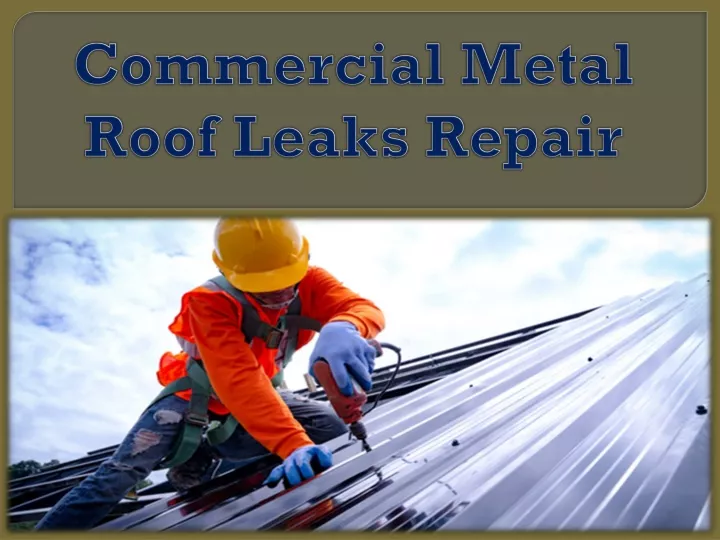A roof inspection is a radical examination of a constructing's roof to assess its condition, establish any potential points or injury, and decide whether upkeep, repairs, or replacements are wanted. Roof inspections are typically conducted by homeowners, professional roofing contractors, or inspectors with experience in roofing techniques. The major function of a roof inspection is to make sure the roof's integrity and performance, extend its lifespan, and prevent expensive repairs or replacements.
Here are the key objectives and elements of a roof inspection:
Evaluation of Roofing Materials: The inspector assesses the condition of the roofing materials, such as shingles, tiles, steel panels, or membrane roofing. They search for signs of wear and tear and tear, damage, or deterioration.
Inspection of Flashing and Roof Penetrations: Flashing, which is used around roof penetrations like chimneys, vents, and skylights, is examined for signs of injury or improper installation. Roof penetrations themselves are inspected for leaks or potential points.

Assessment of Gutters and Downspouts: The inspector checks the situation of gutters and downspouts to make sure they are away from particles and in good working order. Clogged or broken gutters can lead to water injury and roof problems.
Examination of Ventilation: Proper roof air flow is essential for regulating temperature and moisture ranges within the attic or crawl area. The inspector checks for sufficient air flow and indicators of moisture-related issues.
Detection of Leaks and Water Damage: The inside of the constructing, notably the attic or ceiling, is examined for signs of leaks, water stains, or mold progress. These could point out roof problems that need attention.
Structural Assessment: In some cases, the roof's structural elements, such as rafters or trusses, may be inspected for signs of injury or stress.
Documentation: The inspector typically offers a written report detailing their findings, together with images and proposals for any needed repairs or upkeep.
https://roofrestorationcamden.com.au/metal-roof-leaks/ may be scheduled periodically, such as yearly, or as needed, especially after severe weather events like storms or hail. Regular inspections assist catch issues early and lengthen the lifetime of the roof. If issues are identified in the course of the inspection, immediate repairs or upkeep can stop additional injury and costly roof replacements.
It's important to notice that for security reasons, roof inspections must be conducted by people who're skilled and knowledgeable about roofing techniques. When unsure, it's advisable to rent an expert roofing contractor or inspector to perform a complete roof inspection..
